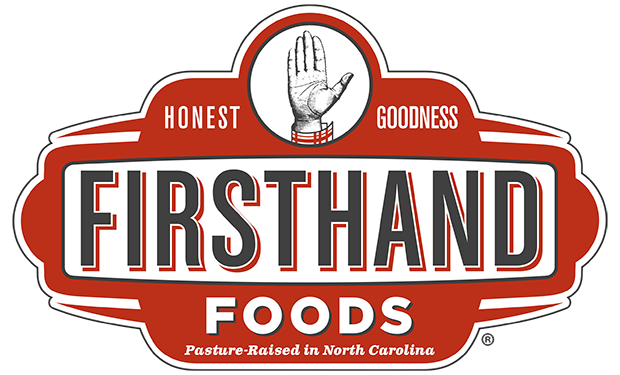Let’s face it. Label claims can be confusing. It’s hard to know which ones to trust. This is especially true for claims like grass-fed and pasture-raised which are imbued with meaning but up for interpretation. Neither one has a universal, legally-enforceable definition. Both can be used to assert a wide range of practices. This leaves shoppers to do their own research and stay informed. And it’s why we believe so strongly in full transparency and third-party verification.
We have chosen to use the overall term “pasture-raised” rather than “grass-fed” to describe our producers’ farms and how they raise their animals. Of the two, it allows us to be more transparent while focusing on all aspects of the production system. Grass-fed, unfortunately, can be perceived to mean more than it actually delivers in practice.
Pasture-raised speaks to HOW animals are raised, whereas grass-fed defines only what animals eat. Our protocols require that animals are raised outdoors in their natural habitat on well-managed pastures. Grass-fed implies outdoor production and good pasture management but can be used to label meat that comes from animals raised in confinement or semi-confinement or outdoors but in poorly managed pastures, as long as they are eating grass.
Also, a pasture-raised claim applies to all species whereas grass-fed only works for ruminant animals like cattle, sheep and goats. Hogs and poultry are omnivores and cannot survive on a grass-diet alone. Pasture for omnivores is their habitat. So, be suspicious if you see pork or chicken labeled as grass-fed.
Most consumers assume that if they see “grass-fed” on a package of beef that the cow ate only grass and/or forage its entire life. In reality, almost all beef cattle are raised outdoors and eat only or mostly grass and forages (and mother’s milk) for the first nine plus months of their life. So technically, most beef starts out as grass-fed and it’s how the animal is managed the last six to 12 months of its life that dictate how it is labeled. Unfortunately, grass-fed can be used in reference to animals routinely fed non-grass supplements, including corn silage which can contain significant amounts of grain. Sometimes you’ll see the claim “grass-finished,” which speaks to what the animal ate in the finishing stage before slaughter but it doesn’t necessarily mean it ate grass its whole life. If you want to ensure its grass-fed, look for third-party certified labels that say 100% grass-fed and finished.
Using pasture-raised as a claim allows us to explain without deception that our farmers feed their animals primarily grass and forages but also use a high-fiber supplement (specifically: corn gluten, soy hulls, peanut hulls and wheat bran). We choose to be up-front about this rather than hiding it behind a grass-fed claim. Our beef producers implement intensive rotational grazing, optimize intake of high quality forages and feed a high-fiber supplement to ensure consistent weight gain. We believe this practice is critical to ensuring the meat quality our chefs and discerning customers demand.
The other thing to remember is that neither pasture-raised nor grass-fed speak to the use of antibiotics or added hormones. Neither do they require that animals be treated humanely during their life and at the time of slaughter. Of course these are implied but they must be backed up by separate claims. All of our meats are raised without growth-promoting antibiotics, added hormones or animal by-products. Our beef and lamb producers are certified by Animal Welfare Approved by A Greener World. And our beef producers abide by NC State University’s guidelines for pasture-raised production. These claims are clearly stated on our label and backed up with supporting documentation on our website.
We’ve put a lot of thought into our label claims and how they communicate the integrity of our production practices. And we see it as our job to help consumers understand them and navigate the world of meat purchasing with information and perspective.

